In the huge system of modern industry, from the flexible screen of high-end smartphones, to the lithium battery separator of new energy vehicles, to the packaging materials, tapes, and protective films in daily life, a basic and key material is everywhere - film. These film materials often leave the factory as wide "master rolls" that must go through a crucial process to turn into a precision component of a specific size in the final product: slitting. The core equipment to carry out this process is the film slitting machine, which is known as the "sharp edge" of thin material processing.
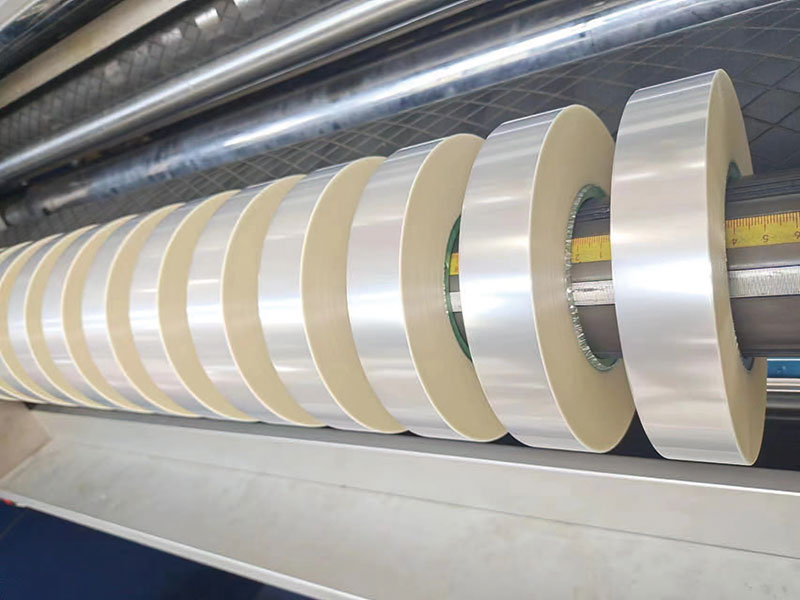
What is a "sharp blade"? ——The ultimate embodiment of accuracy and efficiency
Film slitting machine, as the name suggests, is a kind of equipment that slices wide film or thin material rolls into multiple narrow strips of material at high speed and high precision according to the process requirements. But the power of this "blade" is far more than a simple "cutting".
It is a set of precision systems that integrate high-precision machinery, automatic control and intelligent sensing technology. At its core, it is capable of achieving micron-level (one hundredth of the diameter of a hair) slitting accuracy at high speeds of hundreds or even thousands of meters per minute. This means that it must not only be "cut open", but also "cut accurately" and "cut well" – ensuring that each narrow strip has smooth edges, no burrs, no dust, and no internal stresses, so as to ensure the smooth subsequent process and excellent performance of the final product.
Therefore, the sharpness of this "sharp blade" is a comprehensive embodiment of the benefits of technology, precision and efficiency.
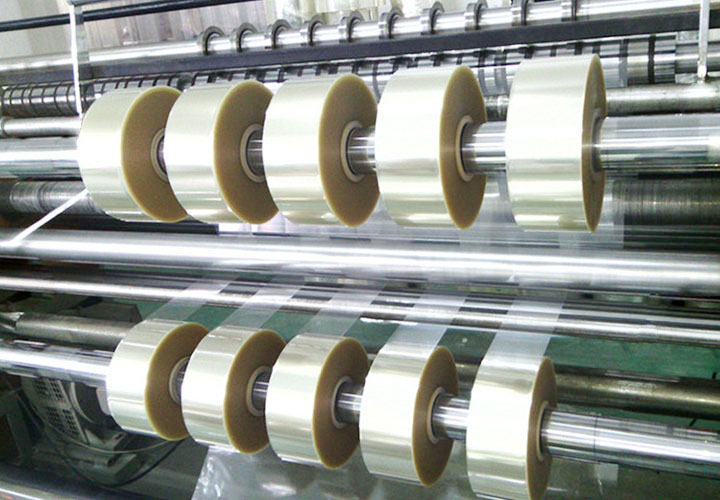
How is the "sharp blade" refined? ——Analysis of core technology
A top-notch slitting "blade", its edge comes from the tempering of the following key technologies:
1. High rigidity body and precision transmission system: This is the "skeleton" and "muscle" of the slitting machine. The stable body structure effectively dampens vibrations during high-speed operation, while the sophisticated servo motors, ball screws, and tension control systems act as stable nerves and tendons, ensuring that the film maintains constant tension throughout the slitting process, avoiding wrinkling, stretching, or breakage.
2. The "blade" itself - the slitting tool system: This is the part that most directly reflects the value of the "sharp blade". The slitting methods are mainly divided into:
◦ Circular knife slitting: Utilizing the shearing action of a pair of precision-machined circular blades (upper and lower knives), like scissors, it is suitable for most film materials with neat cuts and long life.
◦ Razor slitting: Uses a sharp blade to cut directly on the bottom roller, suitable for some specific materials, but requires extremely high blade wear and bottom roll accuracy.
The material of the tool, the heat treatment process, roundness, dynamic balance and installation accuracy directly determine the upper limit of the slitting quality.
3. "Brain" and "Nerves" - Intelligent Control System: The Soul of Modern Slitting Machines. With a PLC (Programmable Logic Controller) and a human-machine interface, the operator can preset all parameters. The high-precision photoelectric guidance system (EPC) acts as a keen "eye", monitoring the edge position of the film in real time, dynamically adjusting the posture of the coil to ensure the straightness of the slitting line. The addition of an online defect detection system can better realize the closed loop of quality control.
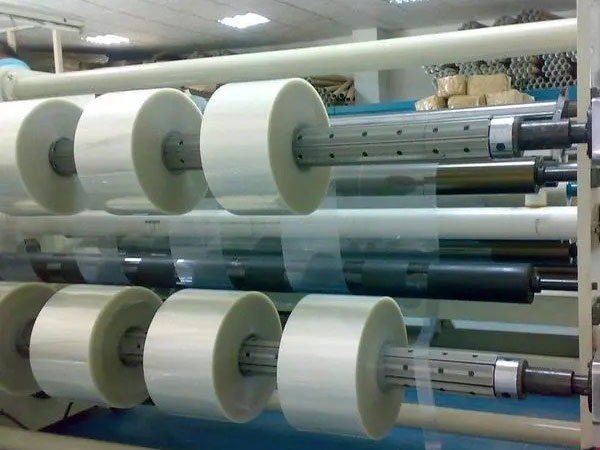
The direction of the "sharp blade" - the ubiquitous application frontier
This "sharp blade" of thin material processing is spread across almost all high-end manufacturing industries:
• Optical film field: brightening film, diffusion film, polarizer, etc. in LCD screens have almost strict requirements for slitting cleanliness, dust-free and scratch-free, and the slitting quality directly affects the display effect and yield rate of the screen.
• New energy field: The separator of lithium batteries is as thick as a hair, and it must be ensured that there are no burrs after slitting, otherwise a small defect may cause a short circuit in the battery and cause serious safety problems. The slitting machine is a key part of ensuring safety here.
• Flexible electronics and semiconductors: flexible circuit boards (FPCs), conductive films, etc., are expensive materials and complex processes, and the slitting accuracy is directly related to the integrity of circuit functions and product reliability.
• Medical and packaging: Medical tapes, breathable films, high-end food packaging films, etc., require smooth slitting edges and no contaminants precipitation to ensure hygiene and safety.
The "blade" of the future - evolving to thinner, more refined and smarter
With the rapid development of material science, films are developing in the direction of thinner and more functional (such as PI films and graphene films), which poses a higher challenge to the "sharp edge" of slitting machines. The future slitting machine will be more intelligent, integrating AI algorithms for process parameter optimization and predictive maintenance; moving towards ultra-high speed and ultra-precision to meet the manufacturing needs of next-generation products; At the same time, the integration of fully automatic loading and unloading, online inspection and big data analysis will become an indispensable core node in the smart factory.
epilogue
The film slitting machine, this equipment that operates silently behind the scenes, although not as glamorous as the final product, is a key link in the entire film industry chain. It is like a skilled engraver who uses precise "knife techniques" to cut the "tulle" of modern industry into precision parts suitable for thousands of applications. In the industrial wave of pursuing ultimate precision and efficiency, this "sharp blade" of thin material processing will continue to temper its edge, providing the most solid basic support for every thinness and intelligent leap in human science and technology.
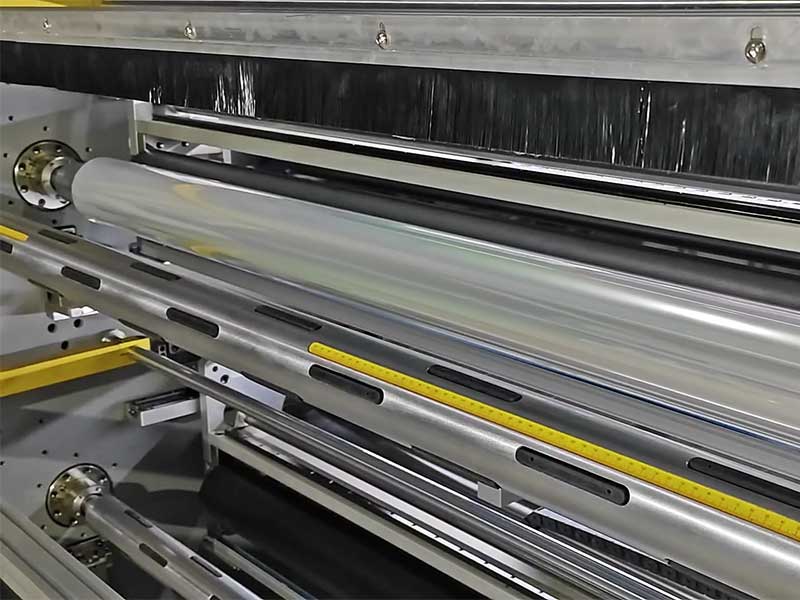 Intelligent deviation correction: the "invisible guardian" of automotive film slitting machine
Intelligent deviation correction: the "invisible guardian" of automotive film slitting machine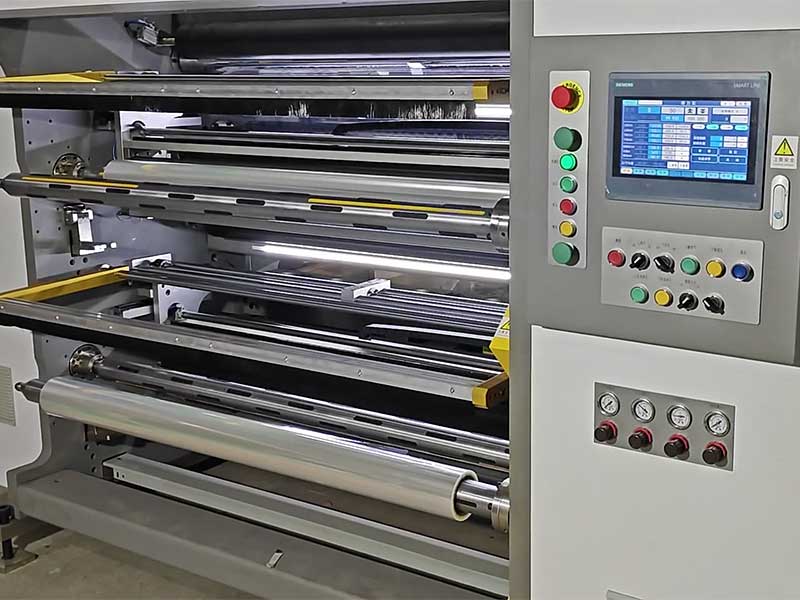 Film revolution: an intelligent cutting knife, how to cut out the new profit space of the automotive film industry?
Film revolution: an intelligent cutting knife, how to cut out the new profit space of the automotive film industry?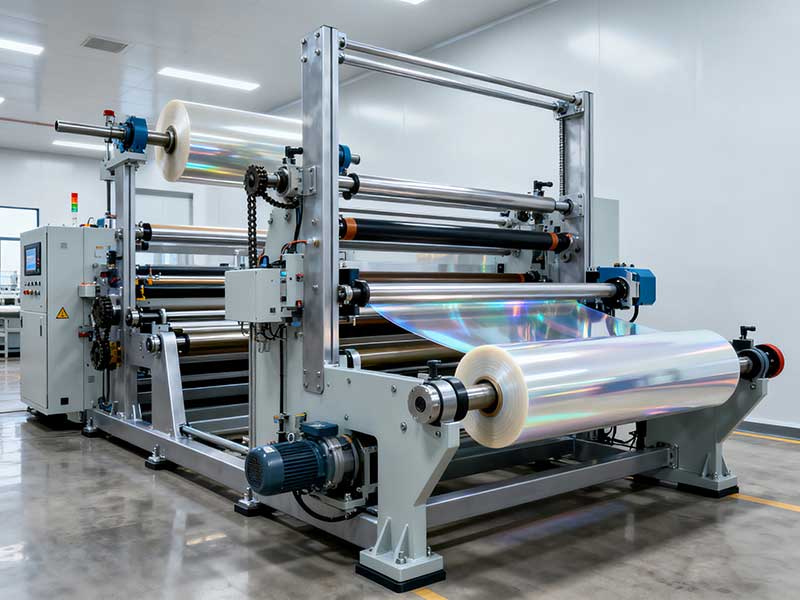 Your film material, film slitting machine to "tailor"
Your film material, film slitting machine to "tailor"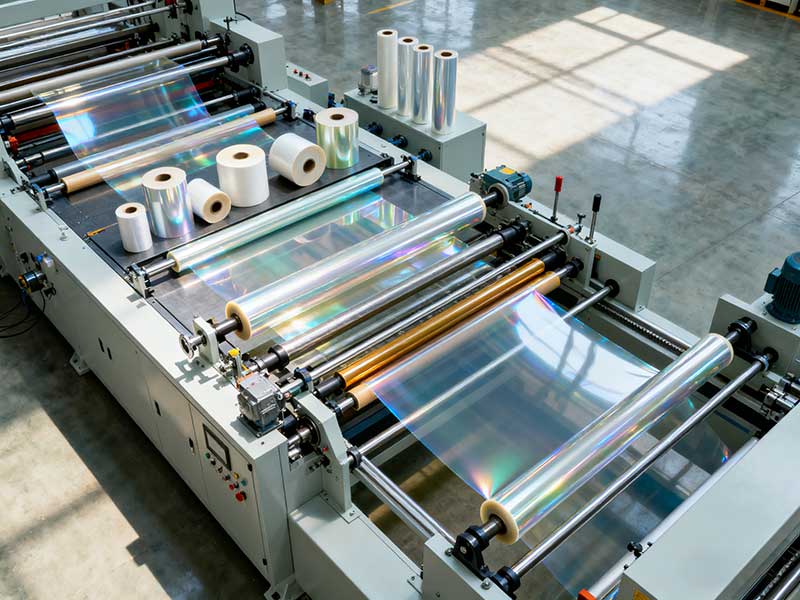 Film slitting machines: customized solutions for multi-industry applications
Film slitting machines: customized solutions for multi-industry applications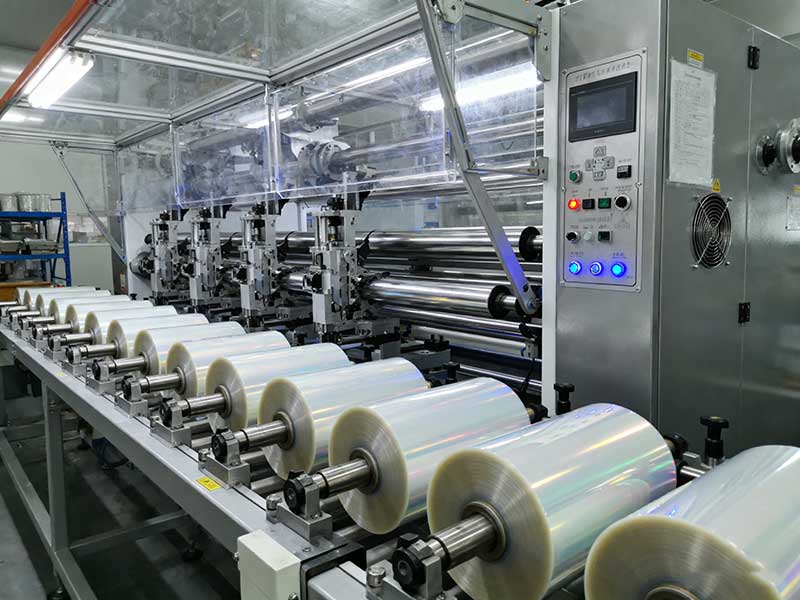 Demystifying: The technological innovation behind high-performance film slitting machines
Demystifying: The technological innovation behind high-performance film slitting machines